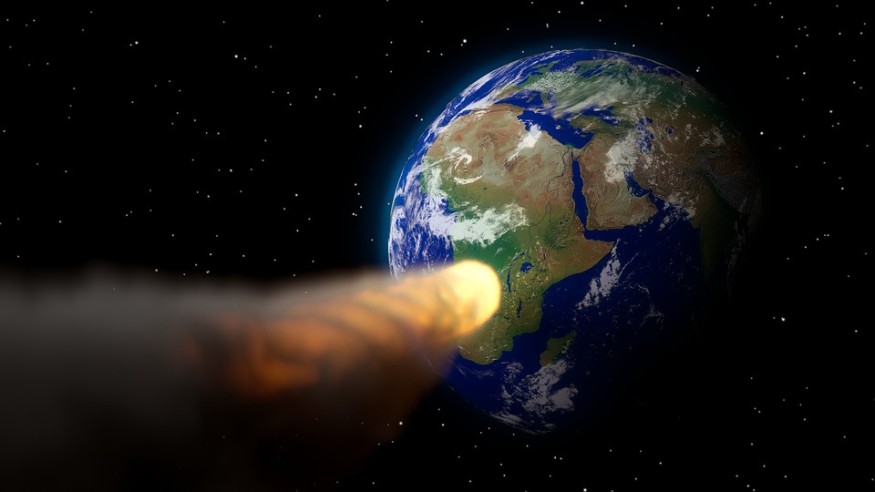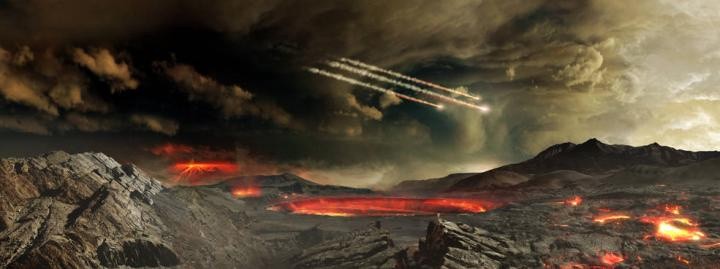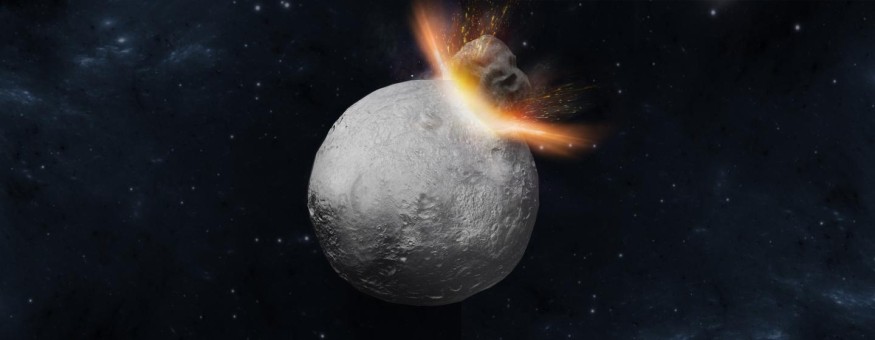Massive space Rock impacted Earth more often than previously thought, drastically affecting oxygen levels in the planet's early atmosphere.

Earth Billions of Years Ago
Earth had essentially little atmosphere when it originated 4.6 billion years ago. As the planet cooled, an atmosphere began to emerge, albeit it was first mostly composed of carbon dioxide and nitrogen, making it unfriendly to life as we know it. The rise of oxygen levels eventually caused a massive upheaval in Earth's surface chemistry, known as the Great Oxidation Event (GOE).
Space Rock Collisions During the Archean Period

During the Archean eon, asteroids, and comets often poured down on Earth between 2.5 and 4 billion years ago. According to recent research, these space pebbles (some measuring more than 6 miles or over 10 kilometers broad) had a significant influence on the chemistry of the planet's early atmosphere, particularly the buildup of oxygen.
The study discovered that asteroids and comets collided with Earth more frequently than previously assumed, perhaps delaying the onset of oxygen accumulation on the planet. As a result, the new atmospheric models aid scientists in determining when Earth began to resemble the globe it is now.
In a statement, Nadja Drabon, co-author of the study and a Harvard assistant professor of Earth and planetary sciences, stated, "Free oxygen in the atmosphere is vital for any living entity that uses respiration to make energy." "We would most likely not exist if oxygen did not accumulate in the atmosphere."
Massive Vapor Plume
A massive vapor plume was formed when an asteroid or comet struck with Earth. Some of the vaporized rock in the plume would condense and harden, forming a thin coating of sand-size particles known as impact spherules as they fell back to Earth. More of these small, old particles, which would ordinarily go undiscovered since they look like typical fragments of rock, were recently identified by scientists.
The researchers examined the rock particles to gain a better idea of the overall number of impact events that happened throughout Earth's history. According to the statement, the new models show that early Earth was hit about every 15 million years, which is nearly ten times more frequently than earlier models predicted.
Analyzing the Impacts

The researchers then analyzed how these meteorite impacts would have impacted Earth's atmosphere, discovering that repeated collisions of objects larger than 6 miles wide would have started an oxygen sink, sucking most of the oxygen out of the atmosphere, according to the researchers.
Their findings are consistent with recent geological evidence indicating the early Archean eon was characterized by low oxygen levels. Oxygen levels in Earth's atmosphere did not grow until roughly 2.4 billion years ago, when impacts decreased, clearing the path for life as we know it today.
"As time went on, collisions were increasingly less common and too minor to have a substantial impact on post-GOE oxygen levels," said Simone Marchi, the study's principal author and a scientist at the Southwest Research Institute in Boulder, Colorado. "The Earth was on its way to becoming the globe we know today."
Also Read : Future Generations Will Experience More Climate Disasters than Their Ancestors Ever Will
For similar news, don't forget to follow Nature World News!
© 2025 NatureWorldNews.com All rights reserved. Do not reproduce without permission.





